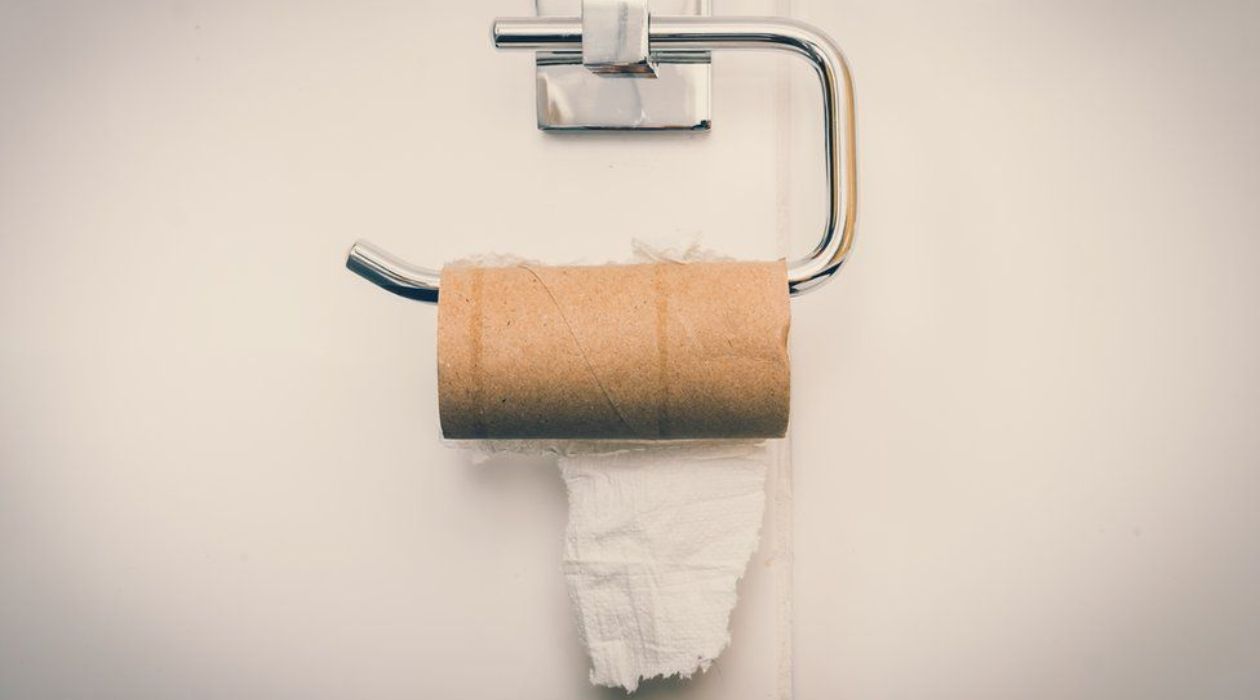

Articles
Who Invented The Toilet Paper Holder
Modified: October 20, 2024
Discover the history behind the invention of the toilet paper holder in this informative article. Learn how this essential bathroom accessory came to be and its evolution over time.
(Many of the links in this article redirect to a specific reviewed product. Your purchase of these products through affiliate links helps to generate commission for Storables.com, at no extra cost. Learn more)
Introduction
When nature calls, one of the most essential items in a bathroom is toilet paper. We often take it for granted, but have you ever wondered about the invention of the toilet paper holder? It’s a simple yet ingenious device that ensures convenience, hygiene, and organization in our bathrooms. In this article, we will explore the history of toilet paper and the need for a dedicated holder. We’ll also delve into who invented the toilet paper holder and how it has evolved over time.
Toilet paper, as we know it today, has come a long way from its humble beginnings. Early forms of toilet paper can be traced back to the ancient Romans and Chinese, who used materials like leaves, stone, and even cloth to clean themselves after using the restroom. However, it wasn’t until the late 19th century that commercially produced toilet paper became widely available.
The popularity of toilet paper quickly grew, leading to new challenges. Without a proper storage solution, rolls of toilet paper were often left on counters, floors, or perched precariously on a nearby surface. This lack of organization led to inconvenience and unsightly messes. Something had to be done to address this problem.
Enter the invention of the toilet paper holder. It was a revolutionary solution that provided a designated spot for toilet paper rolls, keeping them easily accessible and neatly stored. The introduction of the toilet paper holder marked a significant advancement in bathroom design and hygiene.
So who exactly invented the toilet paper holder? The answer lies in the late 19th century when Seth Wheeler, an enterprising American inventor and entrepreneur, patented the first perforated toilet paper roll in 1871. While Wheeler cannot be credited with the invention of the toilet paper holder itself, his creation of perforated toilet paper played a crucial role in the need for a device to hold the rolls securely.
Key Takeaways:
- The toilet paper holder, though often overlooked, revolutionized bathroom hygiene and organization, providing a convenient and practical solution for storing and accessing toilet paper.
- The evolution of toilet paper holder designs reflects human creativity and innovation, addressing everyday challenges and enhancing the user experience with features like dual-roll holders and high-tech automated dispensing systems.
Read more: Dr. Who Toilet Paper Holder
Early History of Toilet Paper
The concept of using a material to clean oneself after using the restroom has been around for centuries. In ancient times, civilizations utilized various means to achieve this purpose. The ancient Romans, for example, used a sponge attached to a stick, which they would dip in water and then use to clean themselves. Other cultures, like the Chinese, also experimented with different materials such as leaves, grass, and even pottery fragments.
It wasn’t until the 6th century that the Chinese began producing a more refined version of what we now know as toilet paper. They crafted it from materials like bamboo, silk, and cotton. These early forms of toilet paper were reserved for the emperors and the elite, a luxury that the common people did not have access to.
In the 14th century, the Chinese started mass-producing toilet paper, making it available to the general population. The sheets were often perfumed and adorned with printed designs, signaling a level of sophistication and luxury.
Around the same time, in the Western world, people would use a variety of materials for bathroom hygiene. Common choices included wool, hemp, leaves, and even seashells. These materials, however, were not as efficient or comfortable as the toilet paper we know today.
The widespread use of commercially produced toilet paper began in the mid-19th century when Joseph Gayetty, an American businessman, introduced the first packaged toilet paper in 1857. Gayetty’s product was made from hemp and infused with aloe, providing a more soothing and hygienic experience.
Despite these advancements, the absence of a proper storage method for toilet paper posed a significant challenge. The rolls were often left on shelves or placed haphazardly in the bathroom, leading to disorganization and inconvenience. This sparked the need for a designated holder that could hold the rolls securely and keep them within easy reach.
The Need for Toilet Paper Holders
As the popularity of toilet paper grew, so did the need for a dedicated storage solution. Without a proper holder, rolls of toilet paper were often left strewn about or placed on makeshift surfaces. This resulted in a messy and disorganized bathroom environment.
One of the primary reasons for the need of toilet paper holders is convenience. Having a designated place to store toilet paper ensures that it is easily accessible when needed. Imagine fumbling for a roll of toilet paper in a dark bathroom or having to search through cabinets while trying to maintain personal hygiene. A toilet paper holder eliminates these challenges by providing a centralized and easily reachable location for the toilet paper.
Hygiene is another crucial factor that necessitates toilet paper holders. Without a holder, rolls of toilet paper are exposed to the elements, increasing the risk of contamination. This is especially important in public restrooms where multiple people use the same facilities. A hygienic holder keeps the toilet paper protected and reduces the chances of it coming in contact with unclean surfaces.
Besides convenience and hygiene, toilet paper holders also add aesthetic value to the bathroom. There is a wide range of holder designs available, from simple and minimalist to ornate and decorative. These holders can complement the overall theme and decor of the bathroom, creating a cohesive and visually pleasing environment.
Furthermore, toilet paper holders promote organization and tidiness. By providing a designated spot for the toilet paper, they eliminate the need to leave rolls on countertops or place them in random locations. This leads to a more organized and clutter-free bathroom, enhancing the overall experience.
Overall, toilet paper holders address the practical needs of accessibility, hygiene, and organization. They ensure that toilet paper is readily available, protected from contamination, and properly stored. Whether in a home, office, or public restroom, a toilet paper holder is a vital addition that enhances the functionality and aesthetics of any bathroom.
The Invention of the Toilet Paper Holder
The invention of the toilet paper holder can be attributed to the need for a solution to keep rolls of toilet paper organized and easily accessible. The introduction of commercially produced toilet paper in the late 19th century brought about the necessity for a dedicated device to hold the rolls securely.
Prior to the invention of the toilet paper holder, people would simply place the rolls on countertops, shelves, or any available surface in the bathroom. This led to a lack of organization, inconvenience, and an overall untidy appearance.
The first known patent for a toilet paper holder was filed by an African American inventor named James Edward Lewis in 1889. Lewis’s invention was a simple yet ingenious design comprising a rod inserted into a wall-mounted plate, allowing for easy dispensing of the toilet paper. While Lewis’s patent marks an important milestone in the history of toilet paper holders, it is worth noting that there may have been earlier inventors who did not secure patents for their designs.
In the following years, various inventors introduced their versions of the toilet paper holder, each with its unique features and mechanisms. Some holders featured spring-loaded rollers that allowed for smooth rotation and dispensing of the toilet paper, while others incorporated cutting blades to facilitate tearing off individual sheets.
However, it was the invention of perforated toilet paper that truly propelled the need for a toilet paper holder. Seth Wheeler, an American inventor and entrepreneur, holds the patent for the first perforated toilet paper roll, which he received in 1871. The introduction of perforations allowed for easy tearing and ensured consistent sheet sizes, making it more practical for everyday use.
With the availability of perforated toilet paper, the demand for a device to hold the rolls securely became apparent. Inventors and manufacturers started developing various designs, ranging from wall-mounted holders to freestanding racks and decorative stands. These holders aimed to not only fulfill the functional aspect of storing and dispensing toilet paper but also to add aesthetic value to the bathroom environment.
Over the years, the design of toilet paper holders has continued to evolve, incorporating advancements such as dual-roll holders, built-in storage compartments, and even high-tech features like automated dispensing. Today, various materials and finishes are available, allowing individuals to choose a holder that best suits their personal preferences and bathroom decor.
The invention of the toilet paper holder revolutionized the way we store and access toilet paper, bringing convenience, organization, and added style to our bathrooms. Thanks to the innovative minds behind these inventions, we no longer have to struggle with untidy rolls of toilet paper, but instead can enjoy a clean and hassle-free bathroom experience.
The toilet paper holder was invented by Seth Wheeler in 1883. He patented the design which included perforated toilet paper, a roll holder, and a cutting edge.
Patent and Inventor of the Toilet Paper Holder
While there may have been earlier inventors of the toilet paper holder who did not secure patents, the first patented design for a toilet paper holder was credited to an African American inventor named James Edward Lewis. In 1889, Lewis filed a patent for his invention, which consisted of a wall-mounted plate with a rod for dispensing the toilet paper. His design provided a simple and practical solution for holding and dispensing rolls of toilet paper.
Although Lewis’s patent is significant in the history of toilet paper holders, it is essential to acknowledge that there may have been prior inventors who may not have patented their designs. The patent system often favors those who have the resources and knowledge to navigate the process, leaving the contributions of many inventors unrecorded.
However, it is worth noting that Lewis’s patented toilet paper holder design represents a crucial milestone in the development of these devices. His invention showcased innovation and ingenuity in addressing the need for a practical and organized way to store and dispense toilet paper.
Following Lewis’s patent, numerous inventors and manufacturers began introducing their versions of the toilet paper holder. These designs ranged from wall-mounted holders with spring-loaded rollers to freestanding holders and decorative stands.
It’s important to mention that while the specific inventor of the toilet paper holder may be elusive due to the early nature of the invention and potential unrecorded contributions, what is clear is that multiple individuals and inventors have played a part in refining and enhancing these devices over time.
Today, thanks to the creativity and innovation of these inventors, we have a wide array of toilet paper holder designs and styles available. Whether it’s a sleek and modern wall-mounted holder or a vintage-inspired freestanding rack, there is a toilet paper holder to suit every bathroom aesthetic and preference.
While the precise origins of the toilet paper holder inventor may remain a topic for further exploration and research, what cannot be denied is that their contribution revolutionized bathroom hygiene and organization, providing a convenient and practical solution to store and dispense toilet paper effectively.
Read more: What Is A Toilet Paper Holder
Evolution of Toilet Paper Holder Designs
Over the years, the design of toilet paper holders has evolved significantly, reflecting changes in technology, materials, and styles. From the earliest wall-mounted designs to the innovative and decorative options available today, the evolution of toilet paper holder designs has been marked by creativity and functionality.
Early toilet paper holders were relatively simple in design, often comprising a wall-mounted plate with a rod for holding the toilet paper roll. These holders provided a practical solution for storing and dispensing toilet paper, ensuring that it was easily accessible to users. They were typically made of metal or wood, offering durability and functionality.
As time went on, inventors and manufacturers began introducing new features and mechanisms to enhance the usability of toilet paper holders. Spring-loaded rollers were introduced, allowing for smoother rotation and effortless dispensing of the toilet paper. This innovation made it easier for users to tear off individual sheets without causing the roll to unravel.
In the mid-20th century, freestanding toilet paper holders started to gain popularity. These holders offered greater versatility, as they could be placed on the floor or countertop, providing a portable solution for those who wanted to move their toilet paper within their bathroom or even to different rooms.
In recent years, the design of toilet paper holders has seen a significant shift towards aesthetic appeal. Today, there is a wide range of styles and materials available, allowing individuals to choose a holder that complements their bathroom decor. Sleek and minimalist designs are popular for modern bathrooms, incorporating materials like stainless steel or chrome for a clean and contemporary look. On the other hand, ornate and decorative holders are embraced in bathrooms with a vintage or traditional theme, often featuring intricate patterns or motifs.
Furthermore, dual-roll holders have emerged to address the need for convenience and efficiency. These holders allow for the simultaneous storage and dispensing of two toilet paper rolls, ensuring that a backup roll is readily available when one runs out. This design has become increasingly popular in households and commercial settings, reducing the need for frequent refills and providing a sense of preparedness.
In addition to functional enhancements, toilet paper holders have also incorporated high-tech features in some models. Automated dispensing systems, motion sensors, and even built-in lights have been introduced to add convenience and a touch of luxury to the bathroom experience.
Today, toilet paper holders come in a variety of shapes, sizes, and finishes, catering to different preferences and design aesthetics. Whether it’s a wall-mounted holder with a sleek and minimalist design, a freestanding rack with storage compartments, or a decorative stand that adds a touch of elegance to the bathroom, the evolution of toilet paper holder designs has provided users with a wide range of options to enhance the functionality and style of their bathrooms.
Conclusion
The invention of the toilet paper holder has had a significant impact on bathroom hygiene, convenience, and organization. From its early origins where leaves and other materials were used for bathroom hygiene, the introduction of commercially produced toilet paper paved the way for the need of a dedicated holder.
Throughout history, various inventors and entrepreneurs have contributed to the development and advancement of toilet paper holders. While the specific inventor of the toilet paper holder may remain unknown, their collective ingenuity and innovation have shaped the designs we see today.
From the simple wall-mounted plate with a rod to the freestanding racks and decorative stands, toilet paper holder designs have evolved to meet the changing needs and preferences of users. The incorporation of features like spring-loaded rollers, dual-roll holders, and high-tech automated dispensing systems showcases the continual improvement and enhancement of these devices.
In addition to functionality, the aesthetic aspect of toilet paper holders has also gained prominence. The availability of a wide range of designs, materials, and finishes allows users to choose a holder that not only serves its purpose but also adds style and elegance to their bathroom environment.
The evolution of toilet paper holder designs highlights the importance of innovation in addressing everyday challenges and improving the user experience. These holders provide convenience, hygiene, and organization, ensuring that toilet paper is accessible, protected, and properly stored.
As we look towards the future, it’s likely that toilet paper holder designs will continue to adapt and evolve alongside advancements in technology and changing design trends. Perhaps we will see further integration of smart features, eco-friendly materials, and customizable options to cater to the diverse needs and preferences of users.
Whether simple or elaborate, a toilet paper holder remains an essential fixture in our bathrooms. Its invention and evolution have greatly improved the way we store and access toilet paper, making our restroom experiences more efficient, organized, and aesthetically pleasing.
In conclusion, the toilet paper holder is a testament to human ingenuity and innovation. Its invention has transformed bathroom hygiene, and its various designs continue to enhance our daily lives. So the next time you use a bathroom equipped with a toilet paper holder, take a moment to appreciate the significant impact this seemingly simple device has had on our modern world.
Curious about organizing your bathroom essentials effectively? Our next feature on toilet paper storage options for 2024 offers innovative solutions to keep your bathroom tidy and stylish. From sleek designs to practical setups, find clever ways to store one of the most essential items in any bathroom. Don't miss out on discovering fresh ideas that blend functionality with elegance!
Frequently Asked Questions about Who Invented The Toilet Paper Holder
Was this page helpful?
At Storables.com, we guarantee accurate and reliable information. Our content, validated by Expert Board Contributors, is crafted following stringent Editorial Policies. We're committed to providing you with well-researched, expert-backed insights for all your informational needs.

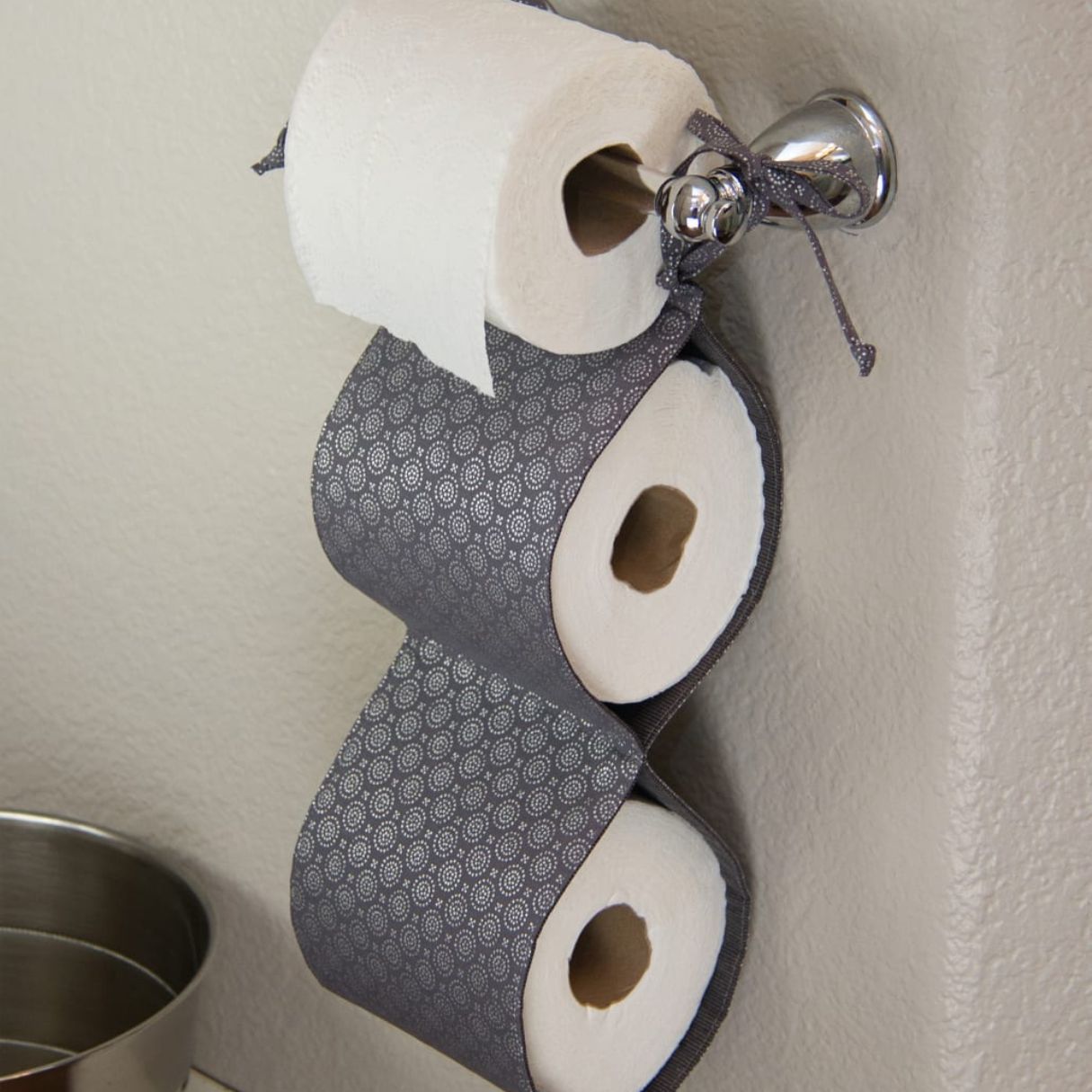
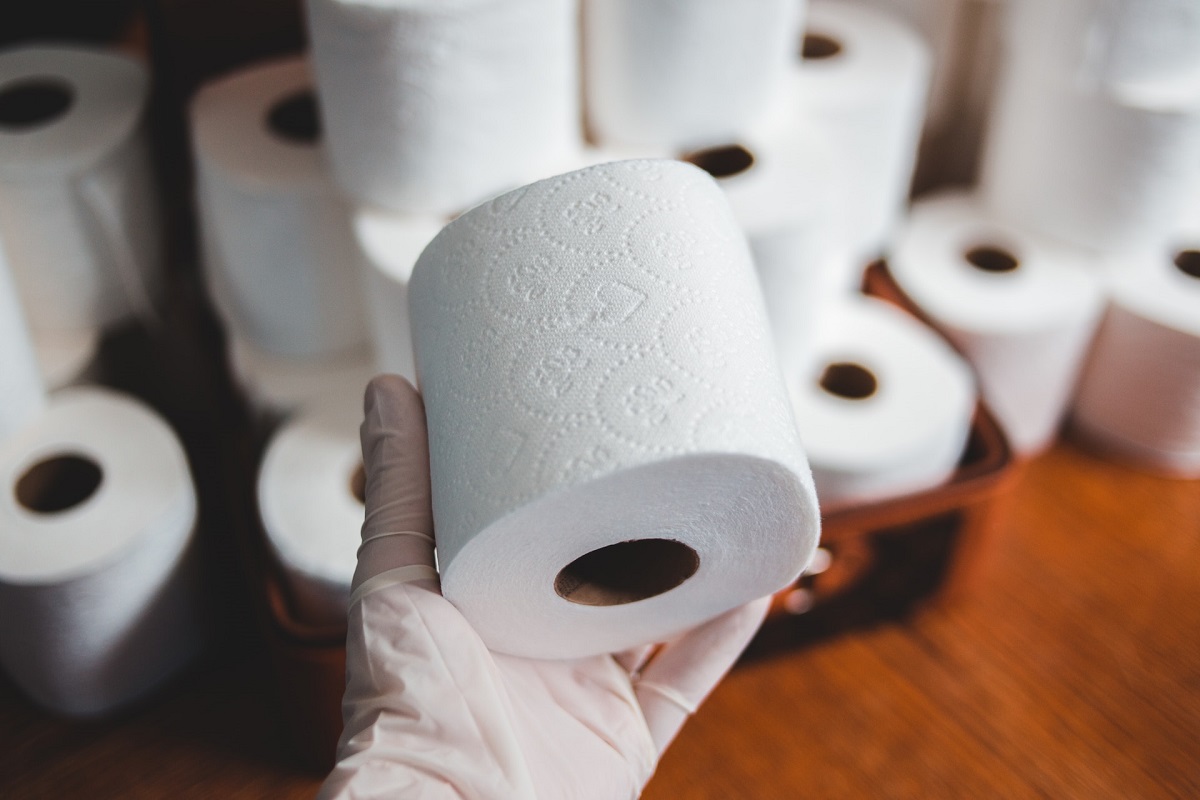

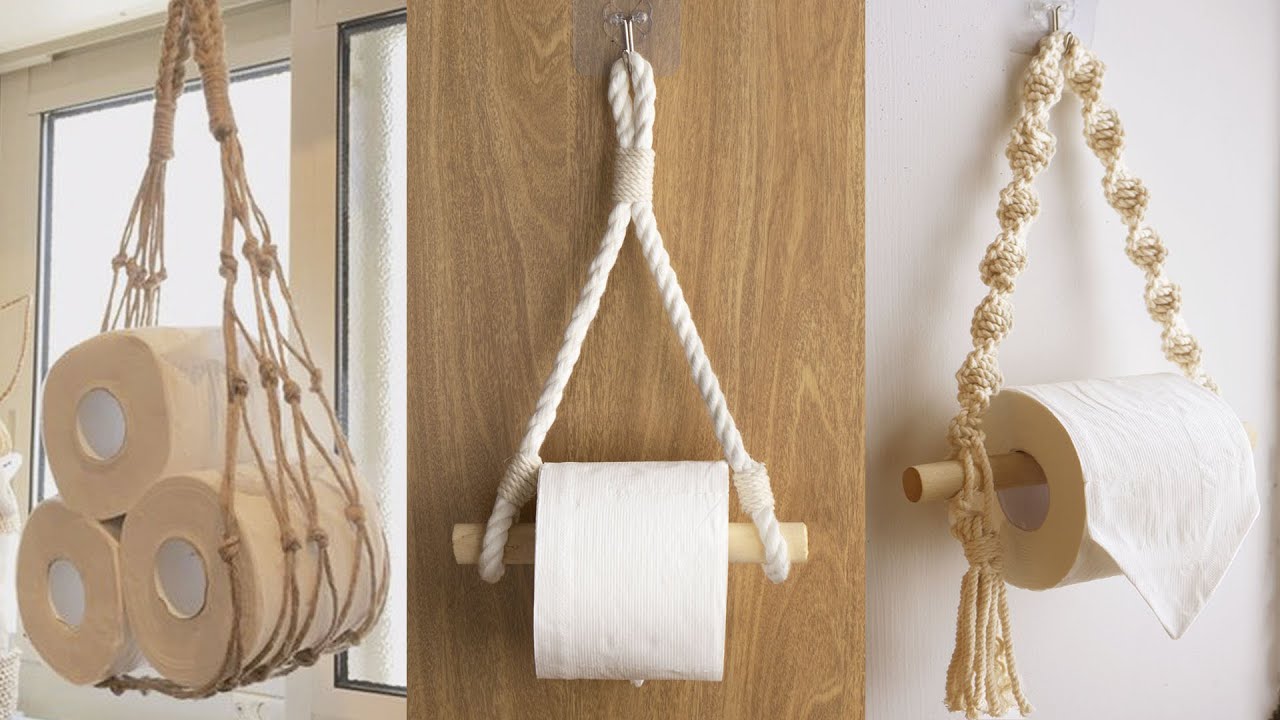
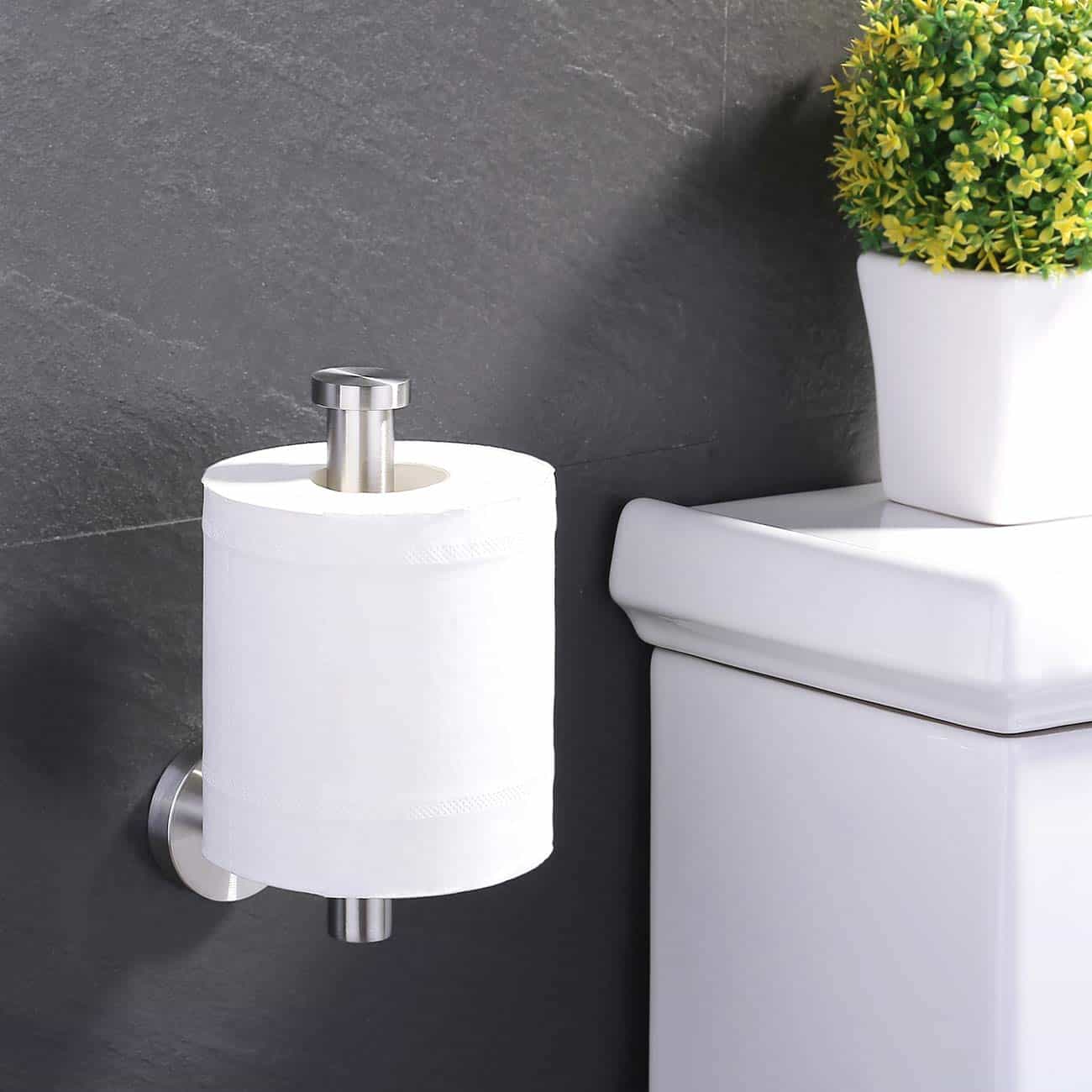
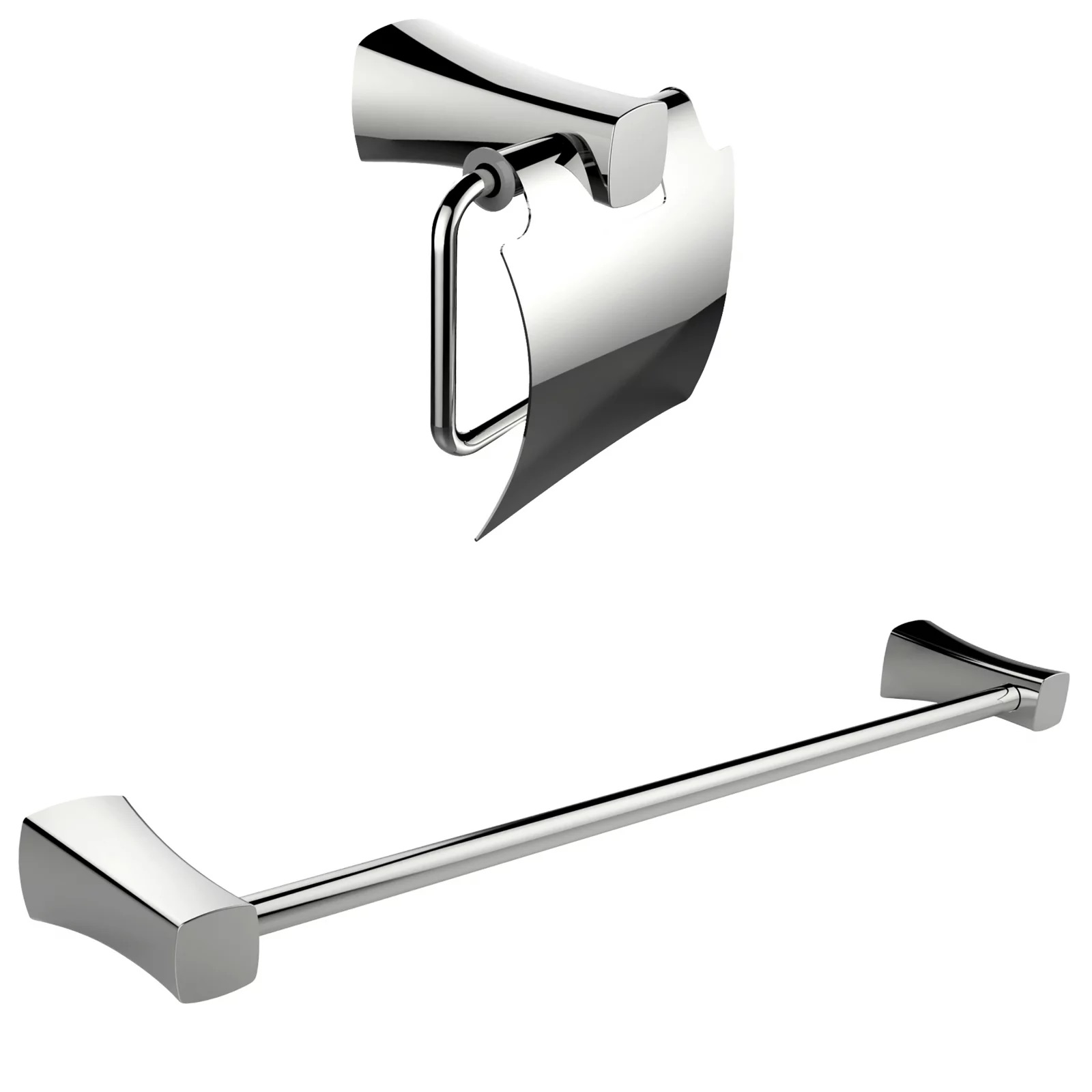
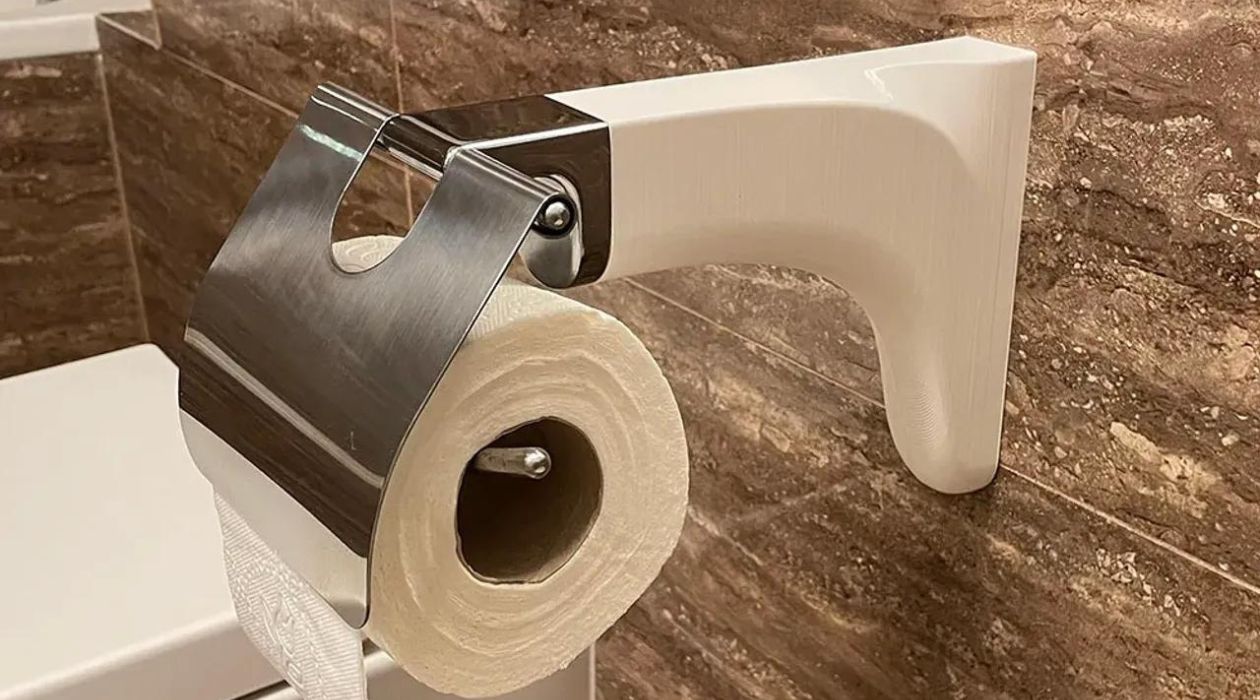
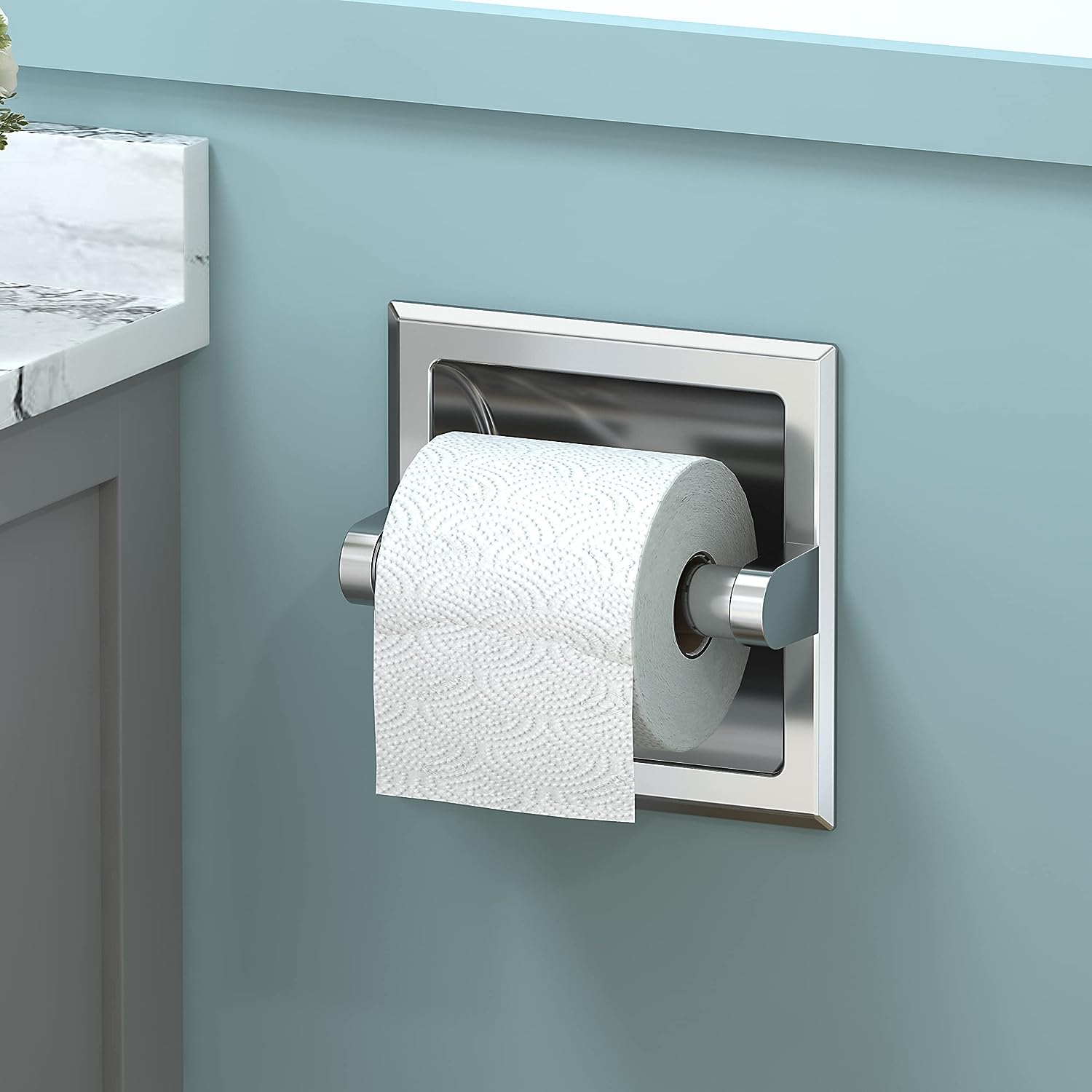
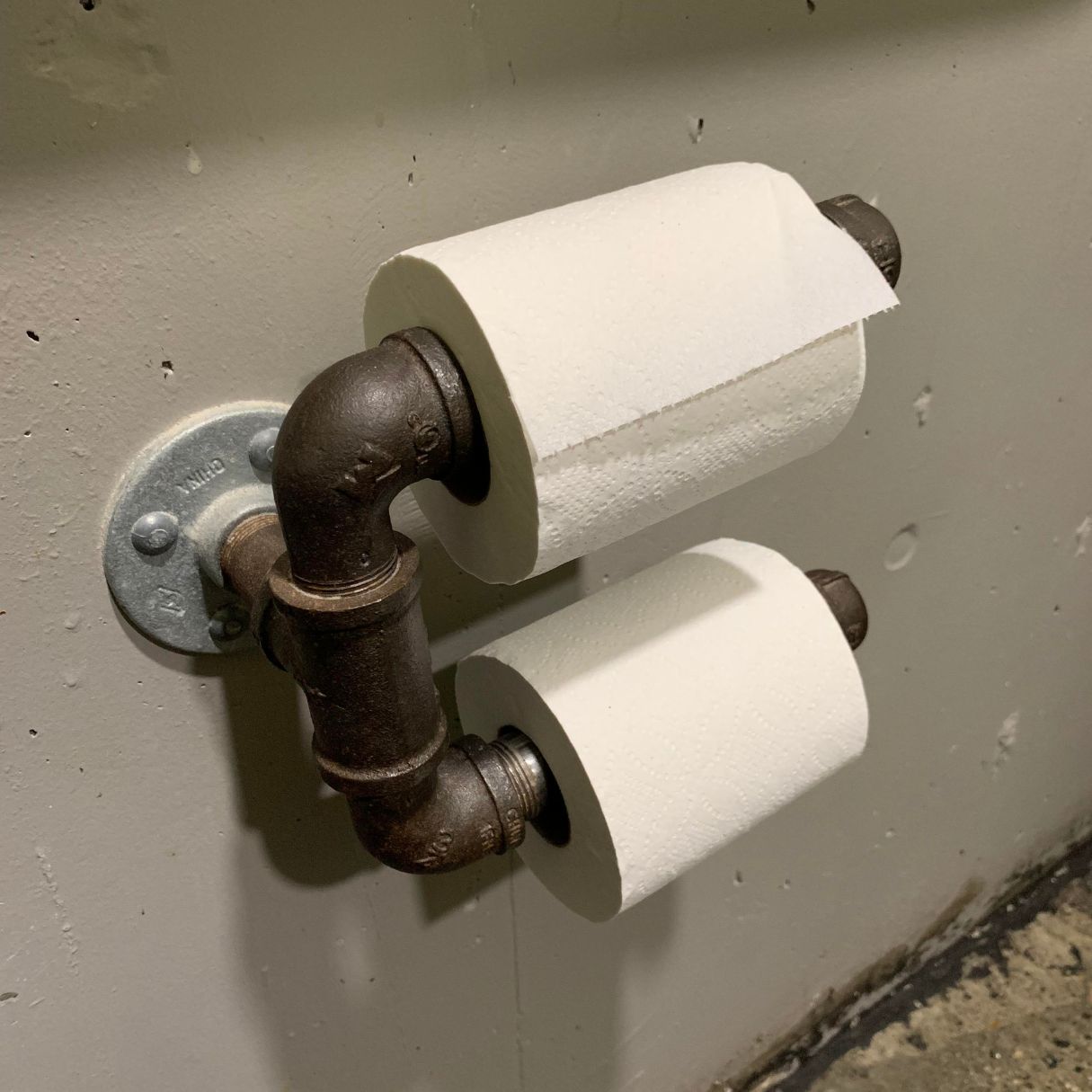
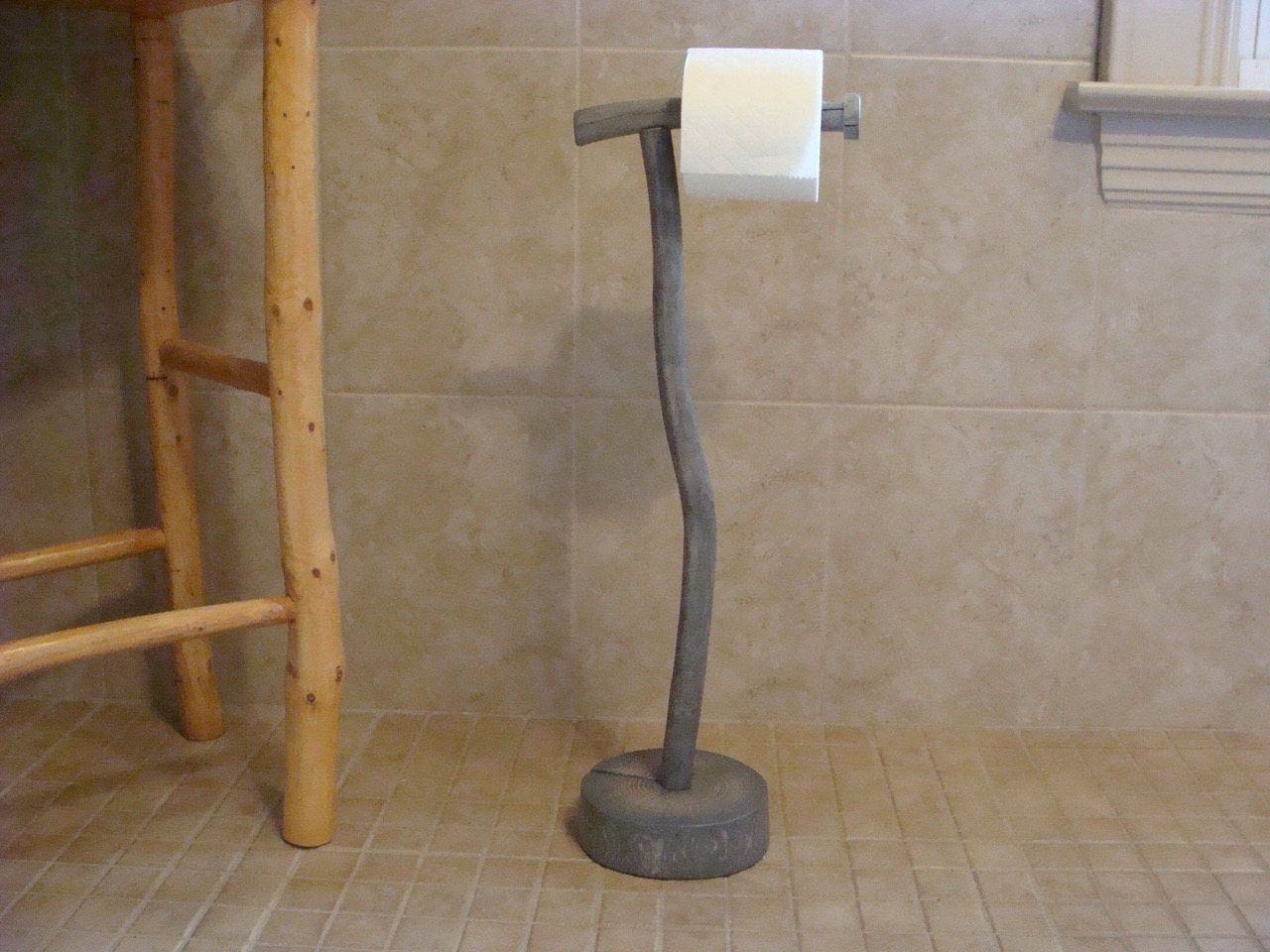
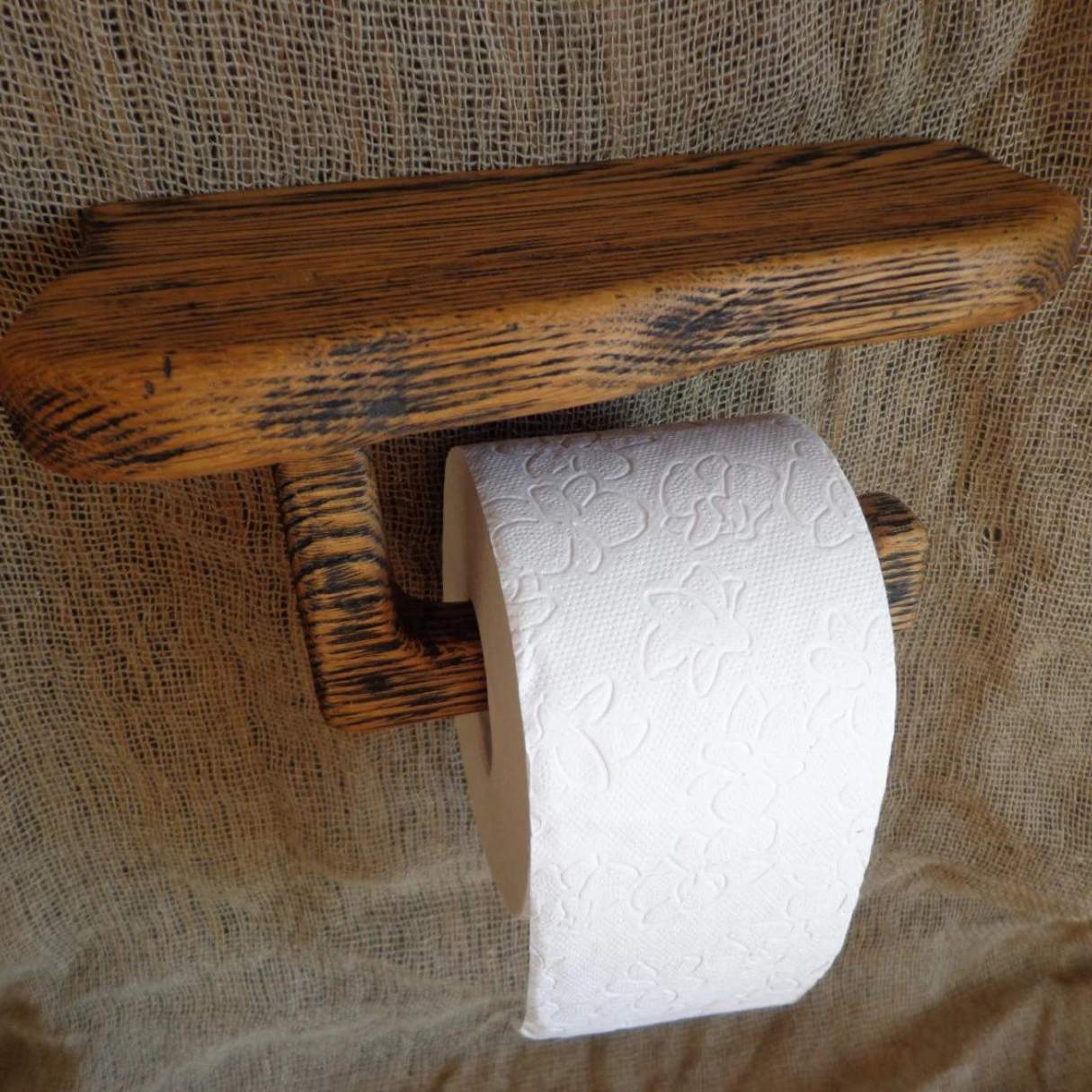
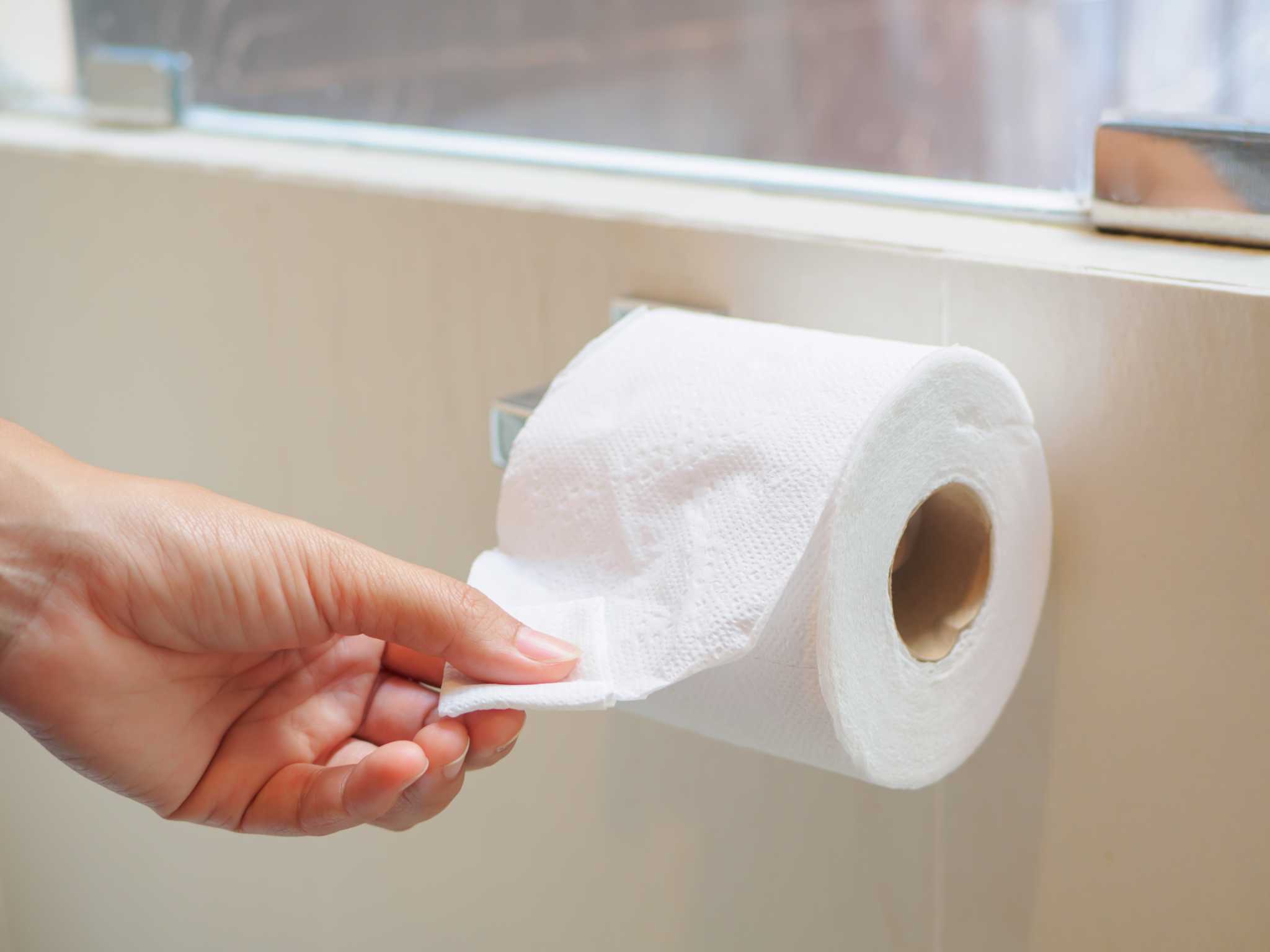
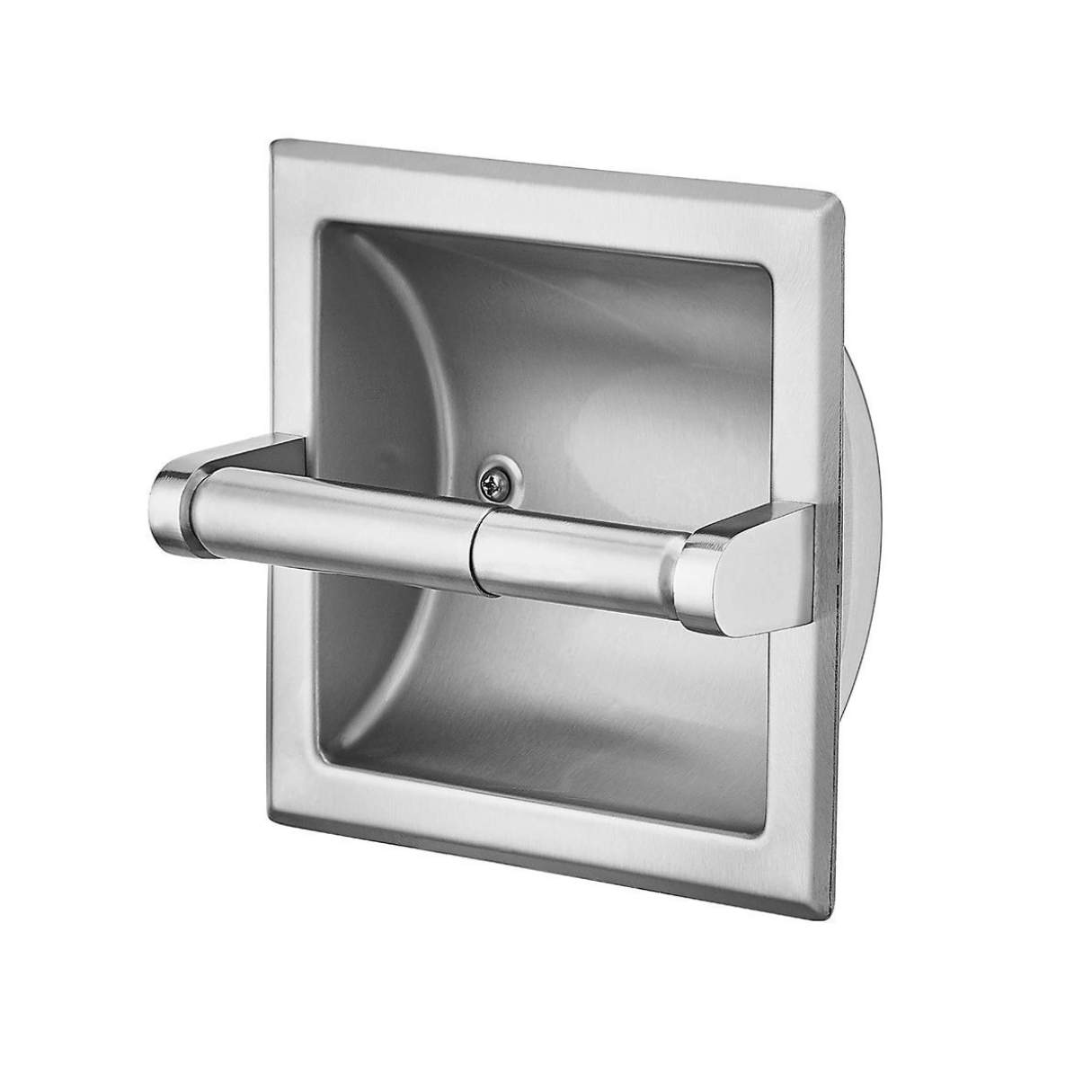

0 thoughts on “Who Invented The Toilet Paper Holder”